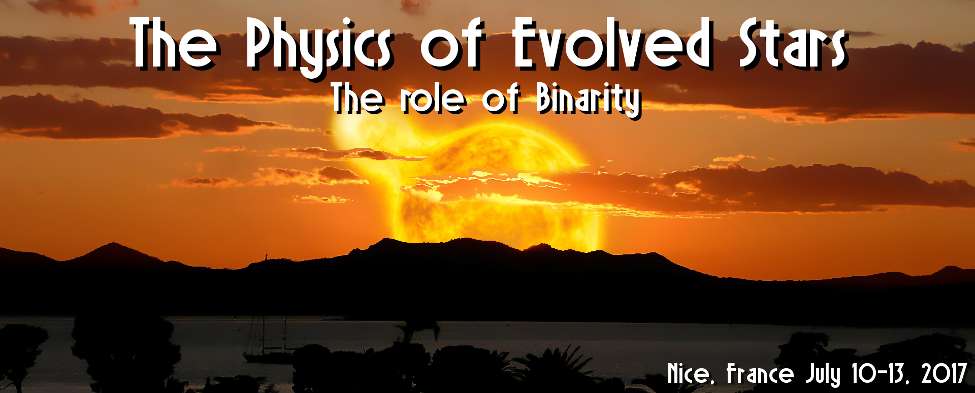Be stars are bright massive stars surrounded by an outflowing disc. Their observed properties are highly variable; in this work we show that the variability exhibited in the V/R ratio of emission-line profiles and in polarisation can be at least partially attributed to the influence of a binary companion. Smoothed particle hydrodynamics simulations were performed to calculate the disc structure, which fed a radiative transfer code.
Various observables were calculated along a full orbital cycle, successfully reproducing phase-locked variations. The main conclusions after running simulations for different orbital and disc parameter sets are:
(a) the variability in our selected observables maximises when the star is seen edge-on; (b) the variability amplitude of the Hα V/R ratio increases in lower values of the viscosity parameter; (c) other H lines show little or no V/R variability; (d) variability also increases in the linear polarisation for low viscosities; (e) the amplitude of variations in the polarisation angle increases for very close binaries especially in the R band, where it can exceed 10 degrees.
|


 PDF version
PDF version